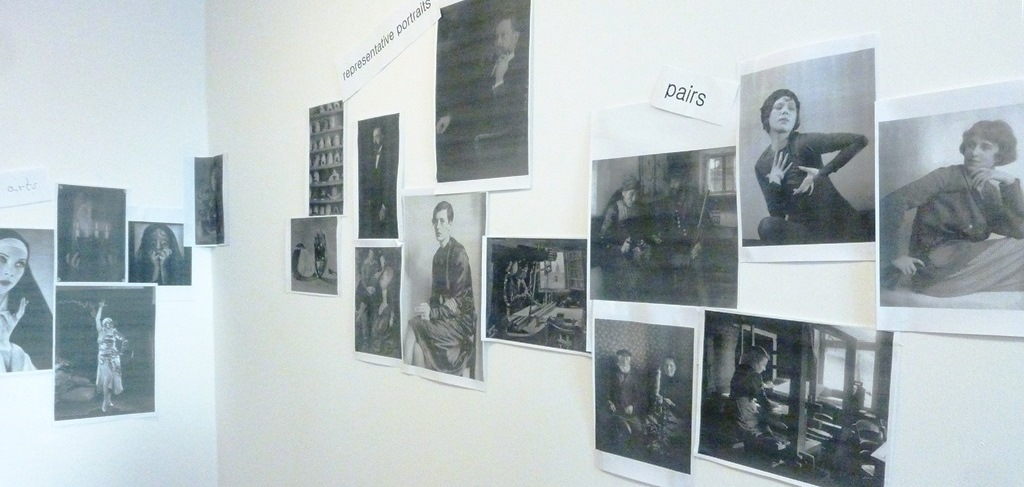fingerprints
Exhibition project in the context of “Speaking about Art: From small talk to theoretical discourse”
The theme of our newly compiled Exhibition fingerprints thus became these very individualistic parts of the human body: Hands and faces.
When you think of someone, what do you remember first? Probably his or her face, perhaps also their voice. The face is also the first impression we get of people we meet, a business card of the person of sorts. Another “official ID” we have is located at the far ends of our hands; our fingerprint, which makes us absolutely unique. Both, faces and hands, make us different from others at first glance, both change slightly through the years, show our character and our feelings. Throughout the ages, the tradition of making faces and hands the subject of art has changed and found different peaks, which we wanted to work out in our presentation:
Showing faces in the sense of portrait painting was one of the most highly esteemed genres in art for a long time. This tradition first arose in the context of a ritual or cultic context in early cultures, when masks gave the dead or even ghosts a face and made them visible. Today’s theater or carnival masks are what have remained of this cultural tradition, along with the masks of the so-called death cult, which peaked in the second half of the nineteenth century.
When Man Ray published his photograph of the two differently colored faces in the journal “Vogue” in 1926, he referred to all the mentioned traditions. Entitled Noir et Blanche, the picture plays not only with the contrast of black and white, but also with the question: Which one is the face, which one the mask? In changing the tradition of presenting an object lying on a ground and a portrait en face to the viewer, Man Ray surprises and puts things in a different context.
This juxtaposition of mask and image of a female face leads me to an important point of the fingerprints exhibition: the tradition of portraying people, which started in the early Renaissance in depicting famous people.
The two juxtaposed artists in the Von Mensch zu Mensch exhibition; painter Wilhelm Leibl and photographer August Sander, worked on portraits of people within their specific life and work contexts. The gap in time between the works is 40 years. Leibl is represented primarily by portraits of men of influence sitting on a big chair or in their study, painted in the tradition of Dutch artists. Sander’s extensive work People of the 20th Century deals basically with the same topic, but concentrates on people of the new era. As they are not named, they stand for their profession; for example the elegantly dressed secretary, short haircut, cigarette in Hand — as a type of modern young women. Sanders’ project of portraying new century types is forward looking, but not as innovative as the work of Wilhelm Leibl roughly 40 years earlier: When we look at the painting of a farmer’s wife with her guest, the hunter, we can imagine a life full of hard work engraved in the woman’s wrinkled face and her red, knotty hands. This differs completely from what we call a representative image of a couple, for example, the self-portrait of Peter Paul Rubens and his first wife Isabella Brant, sitting in a honeysuckle arbor. The wedding picture shows a wealthy couple in expensive clothes, especially the bride with her large white collar. The hands of both are lying in the composition’s geometrical center. Her hand, resting on his, decorated with golden rings and a bracelet of gemstones, which gives us a sign of the success Rubens had already achieved, at the time of the painting’s creation.
Christina Tosoni, Maximiliane Buchner ( 2015): fingerprints. Exhibition project in the context of “Speaking about Art: From small talk to theoretical discourse”. In: p/art/icipate – Kultur aktiv gestalten # 06 , https://www.p-art-icipate.net/fingerprints-2/


 Artikel drucken
Artikel drucken Literaturverzeichnis
Literaturverzeichnis